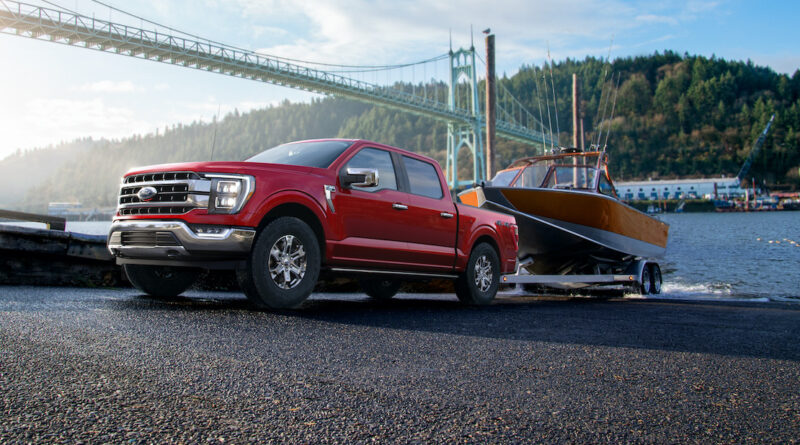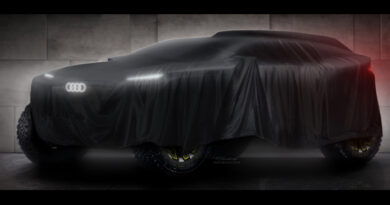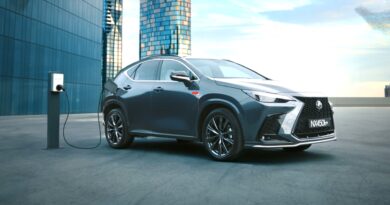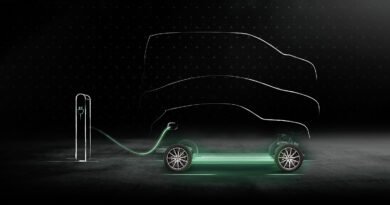Electric Ford F-150: don’t expect big EV range
The global chief of Ford product development has warned customer expectation about the range of battery electric pick-ups may not be realistic or required.
Hau Thai-Tang was speaking on the authoritative US program Autoline After Hours recently, predominantly about the new 14th generation F-150 full-size pick-up.
The world’s best-selling truck, the F-150 will be offered as a battery electric vehicle from 2022.
It will enter an increasingly competitive segment, with rivals from Tesla, Nikola, Rivian, Lordstown and traditional rival Chevrolet all headed for market.
Tesla has promised a 500 mile (804km) range and both Rivian and Chevrolet 400 miles (643km).
But while not directly addressing the F-150, Thai-Thang was more cautious about what range an electric pick-up could achieve.
“Range is a tricky one,” he said.
“It’s one of those things where the customers will tell you more is better and this gets back to a little bit of the ‘you have to be careful of what the customers tell you versus what they really do’.”
Thai-Tang explained the issue for big, heavy vehicles like pick-ups is they need big battery packs to perform their tasks such as carrying loads and towing, and that means lots of weight. That in turn hurts the ability to achieve extended range between recharges.
But he made the point that range was not necessarily required.
“We know with our connected data that on average our customers drive about 17 miles (27km) a day,” he explained.
“When you ask them they will typically tell you they want 300 miles (480km) plus of range because that is what they are used to with their ICE vehicle.
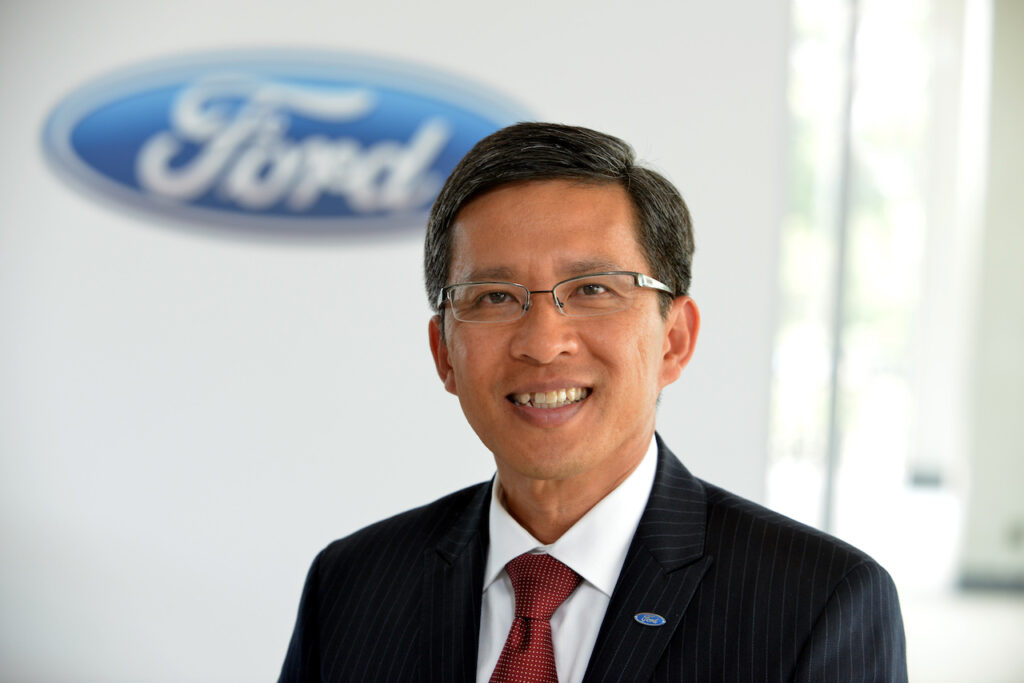
“What they don’t recognise is they are carrying those batteries, that mass, that cost, that physical size around all the time and if they are only driving on average 17 miles per day, it’s a bit of just-in-case.”
Thai-Tang compared the challenge for vehicle makers with smartphone design. He said Apple could make the iPhone last a week if they wanted to but it would be too heavy, bulky to carry around.
No doubt it would also costs a lot more, just like a truck with more batteries would be a lot more expensive; batteries are the most expensive component of an EV.
But Thai-Tang said promotion of driving range made sense from a marketing perspective.
“You can’t talk about fuel economy with miles per gallon with battery electric vehicles, so range is one of the most tangible things you can point to as a differentiator.”
Thai-Tang predicted shorter range EV commercial vehicles would find a home with commercial fleets using established routes. Hybrids and ICE pick-ups would remain popular for some time with private customers looking for towing and hauling capacity.
Thai-Tang also questioned the value of the Tesla Cybertruck’s much hyped exoskeleton frame design. Traditionally, pick-ups use a body on frame or ladder frame chassis.
“The body on frame construction has served us really well, it has allowed us to have a lot of flexibility in terms of wheelbases and bed lengths and going back to some of the variety of offerings we have,” he said.
“So that’s difficult to do with that (exoskeleon) architecture. You can only have one wheelbase and one bed length. We have a regular cab and a supercab and a crew cab and multiple bed combinations and all those things are the enablers for us to do so well in the marketplace.”

